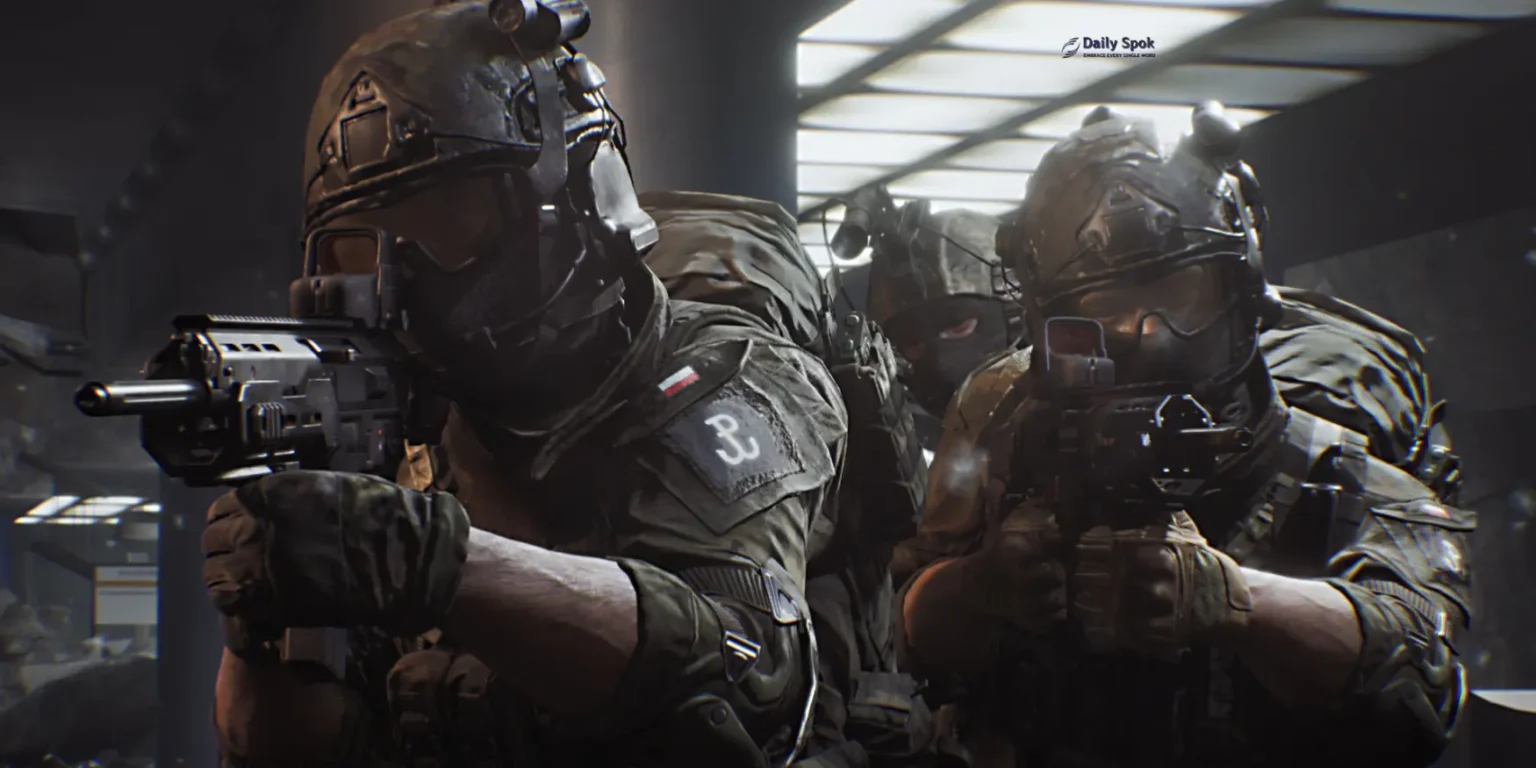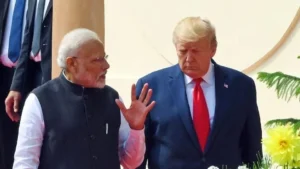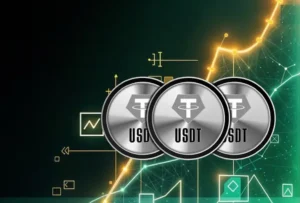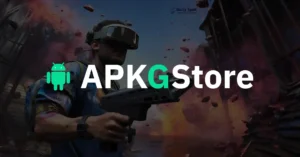
What if we told you the world is already at war—and has been for years—but no one wants to admit it? This isn’t the Cold War. This isn’t waiting for another Hitler. We are currently in World War 3, in newsfeeds, in skirmishes along borders, in economic sanctions, and in the big pauses that exist between bombs. To understand how we got here, we need to reach back—not to find glory in the past, but to dissect how tensions have become what we see today, a multipolar, multiple dimensional conflict.
A History of How the World Broke — In Three Acts
Act I: World War 1 (1914–1918) – The War to End All Wars?
The First World War was humanity’s plunge into industrialized bloodshed. Relatively ignited by one simple assassination, it quickly expanded into a full-fledged global conflagration. The Allies—Britain, France, Russia, Italy (later) and the USA—squared off against the Central Powers—Germany, Austria-Hungary, Ottoman Empire and Bulgaria. It destroyed nearly 15 million lives.The Treaty of Versailles crippled Germany and sowed resentment that would explode two decades later.
Act II: World War 2 (1939–1945) – The Bloodiest Chapter
World War II erupted from the embers of WWI. Hitler’s expansionist ideology plunged the globe into deeper chaos. With over 70 million dead, the Holocaust, atomic bombings in Japan, and a devastated Europe, it remains the deadliest conflict in history. The end of WWII didn’t bring peace—it created two superpowers: the USA and USSR. And a new type of war began.
Act III: The Cold War (1945–1991) – The Frozen Front
For nearly half a century, the USA and USSR waged ideological and proxy battles. From the Cuban Missile Crisis to the Vietnam and Afghan Wars, theCold War was a silent inferno of espionage, arms races, and nuclear threats. It ended with the Soviet Union’s collapse in 1991, birthing 15 new nations. The US emerged as the world’s sole superpower—or so it thought.
Cold War 2.0 (2000–2022) – A Quiet Collapse
The 21st century didn’t usher peace. Instead, a subtler but more dangerous Cold War emerged. This wasn’t a two-player game anymore—it was global chess with multiple kings.
- USA – was struggling to hold onto its stature globally as growing resistance surged. It fought high-cost foreign wars and lost global trust after the Financial Crisis and two failed occupations.
- China – became a trade, technology, and military leader; used infrastructure projects, like the Belt and Road Initiative, as a means to grow its global influence.
- Russia – became bolder- used energy, state and identity nationalism, and hybrid war to re-establish its sphere of influence. cyber-attacks and disinformation became routine.
- Europe – began to forge independent strategies which have moved beyond US influence. internal divisions are increasing over NATO, immigration, and growing economic dependence on China and Russia.
- India – although non-aligned it was, arguably, more important than critical, and is becoming a decisive power in global diplomacy. Its approach is balanced while navigating its relations with both the East and West, it is rapidly growing its defence and space capabilities.
Major Flashpoints of Cold War 2.0:
- Afghanistan War (2001–2021): The war which was longest-running in US history. After two decades of occupation and trillions of dollars spent, the Taliban regained power in a matter of days after the US withdrawal. Humiliation and humanitarian disaster brought an end to the war.
- Iraq War (2003–2011): After the removal of Saddam Hussein, a power vacuum was created. Sectarian violence erupted, the US’s credibility diminished, ISIS arose out of the chaos, and regional instability remains unresolved.
- Darfur Conflict (2003–ongoing): A genocide of which the global North has largely ignored. Over 300,000 dead and millions displaced from their homes. There was no international response — to aid or protect.
- Yemeni Civil War (2014–ongoing): A conflict that is a proxy war between Saudi Arabia and Iran, one of the worst humanitarian disaster of the 21st century, 50 million people are affected by famine, disease, and displacement.
- Syrian Civil War (2011–ongoing): Starting as a civil uprising it became a brutal conflict with many parties involved. US, Russia, Turkey, and Iran were all involved. The death toll is over 500,000 with a generation of people in Displacement.
- Russia–Ukraine Conflict (2014–onward): Began as Russia’s annexation of Crimea, and led to the frozen conflict in Donbas, will never return to the previous European security framework, and most importantly we observed a dramatic escalation into a full blown convention war in 2022.
- China–India Galwan Clash (2020): A brutal hand-to-hand fight at 14,000 feet and in the dead of night. No firearms were used but dozens of soldiers died. It was the bottom of the barrel in Sino-Indian relationship.
- China Covid-19 (2020): A highly pathogenic and lethal virus emerged in Wuhan, China and created a global pandemic. International tensions were intensified by speculation of a lab leak and a complete lack of transparency from China. Millions died, economies dragged into recession, and trust on a global basis dissipated.
Each of these conflicts chipped away at the old world order. The alliances fractured. The globe stood on edge.
World War 3 (2022–2025) – The War With No Name
In 2022, the Cold War turned hot. It wasn’t announced. No one declared it. But history had already changed. The wars of the past had frontlines and uniforms. In the 3 Word War, not only the World’s Great Powers of 2025 are fighting, but many other countries are also battling to protect their existence.Today, the battlefields are economic, digital, ideological—and everywhere.
Major Battlefronts of World War 3:

- Russia-Ukraine War (2022–present): Russia invaded Ukraine in a full-scale invasion, while NATO countries responded not with troops but weapons, intelligence, and economic warfare. The conflict really reset security doctrines in Europe, revived Cold War fears, and reordered energy politics globally.
- Israel–Hamas War (2023–present): Following years of repetition of skirmishes, a war broke out. Civilians took the brunt of the violence and diplomacy between nations as a mechanism for de-escalation failed. Iran’s hegemonic influence, US-Israel connection, and emerging Arab connections further complicated a tense situation.
- Sudan Civil War (2023–present): Army factions battled each other across the cities of Sudan. This war was mostly ignored by the global community, but it prompted a massive internal relocation of people and regional instability in Northeast Africa.
- India–Pakistan War (May 2025): War: In a matter of four days years of tension exploded into armed conflict. While nuclear weapons were not used, they were a real threat. There was nothing left for international actors but to put pressure on the warring factions to not escalate quickly. Nonetheless, there are lasting scars.
- Israel vs. Iran (Started June 13, 2025): A series of shadow wars turned into a direct confrontation. Instead of using diplomacy to manage their differences, all countries in the Middle East resorted to drones, cyberattacks and missile strikes. We are now at a real risk of regional war in the Middle East.
This war has no name, no signature, no peace talks. It is everywhere and nowhere—a war of influence, technology, resources, and ideology.

The Power Blocs of a Fractured Planet
World War 3 isn’t USA vs. Russia or East vs. West. It’s far more complex and layered.
- The American Bloc – This includes the USA, Japan, South Korea, and traditional NATO Allies. They profess a similar ideological “liberal democracy” and a market-based economy. They use sanctions, military alliances, and use influence across digital platforms. They can command powerful influence; but they are weakened by differences within the bloc, old age, and war fatigue.
- The Eastern Bloc – This includes China, Russia, Iran, and North Korea. These countries fight against Western dominance, source state-controlled narratives from their state-run outlets, and use energy and military strength. They are “together” as a bloc for only strategic reasons, not for ideology.
- The European Front – Countries such as Germany, France, and other EU members are moving toward greater independence. There are some nations that are opposed to direct confrontation, preferring to remain neutral, while others support the US bloc countries. Europe’s energy crisis and immigration problems have made it risk-averse and cautious in its diplomacy.
- The Southern Rising Powers – Countries such as India, UAE, Brazil, and South Africa are moving toward independence. They are taking position of not choosing sides and are focused on economic development, regional dominance, and strategic autonomy and their decisions have global effects; they can change the balance of power.
These blocks don’t always become open war—but they collide through trade deals, technology bans, space races, and proxy conflicts. The new global order is not about who wins or loses. It is about who controls the narrative and who simply survives turmoil.
The New Weapons of War
- Cyberwarfare: surveillance, digital blockades, and infrastructure hacking.
- Economic Warfare: trade restrictions, currency manipulation, and sanctions.
- Information Warfare: social engineering, fake news, and AI propaganda.
- Biological & Environmental Fronts: pandemics, water wars, and climate pressure.
No battlefield is untouched, and no civilian is truly safe—whether it’s inflation, disinformation, or digital threats. To see how these modern dangers are shaping today’s global conflicts, check out this conflict trend analysis.
Conclusion: Wake Up — The War Is ON
World War 3 isn’t future fiction. It’s the current reality. It doesn’t have a face, but it leaves scars. You see it in refugee camps, economic collapses, blackouts, manipulated media, and rising hate.
You see it in silence.
This isn’t a Cold War. This is a burning one — quiet, chaotic, and already here.
History isn’t repeating. It’s evolving. The world is at war. The only question left is: will we name it, or ignore it until it’s too late?





